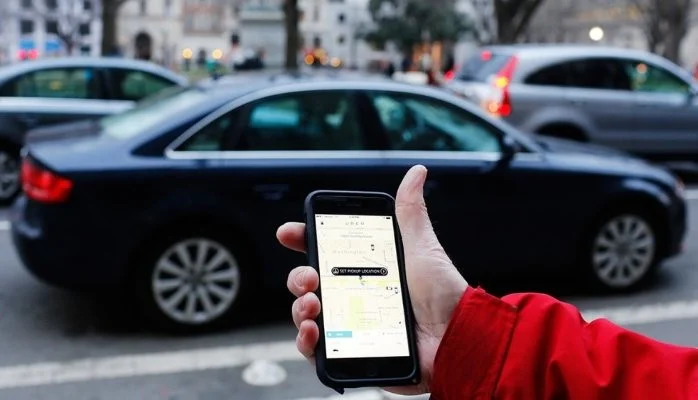In today's NY Times, Farhad Manjoo writes about the financial struggles of Uber imitators like Luxe, Instacart, DoorDash and Postmates. "The Uber Model, it Turns out, Doesn't Translate."
The article attributes many of the difficulties to the companies' business models. But the underlying problem is the mental model more than the business model.
As one venture capitalist said, "The industry went through a period where we said, "let's look at any big service industry, stick 'on-demand' on it, and we've got an Uber."
Uber has been successful not because it is "on demand" but because it leverage platform economics. As a two-sided market, Uber can harness a network effect. More drivers attract more passengers; more passengers attract more drivers.
eBay and YouTube are also platform businesses. For eBay, sellers attract buyers; buyers attract sellers. For YouTube, creators attract viewers; viewers attract creators.
The parking and food delivery services are failing because they were trying to create "on-demand" businesses instead of platform businesses. These "on-demand" businesses were built with mental models designed for incremental rather than exponential value creation. They created pipes, not platforms. By having the wrong mental model, they ended up with the wrong business model.
To shift your thinking from about platforms and value creation, I recommend the work of Sangeet Chaudary and his book Platform Revolution.
And remember the first principle of Shift Thinking:
Before you decide what to do,
first decide how to think.

